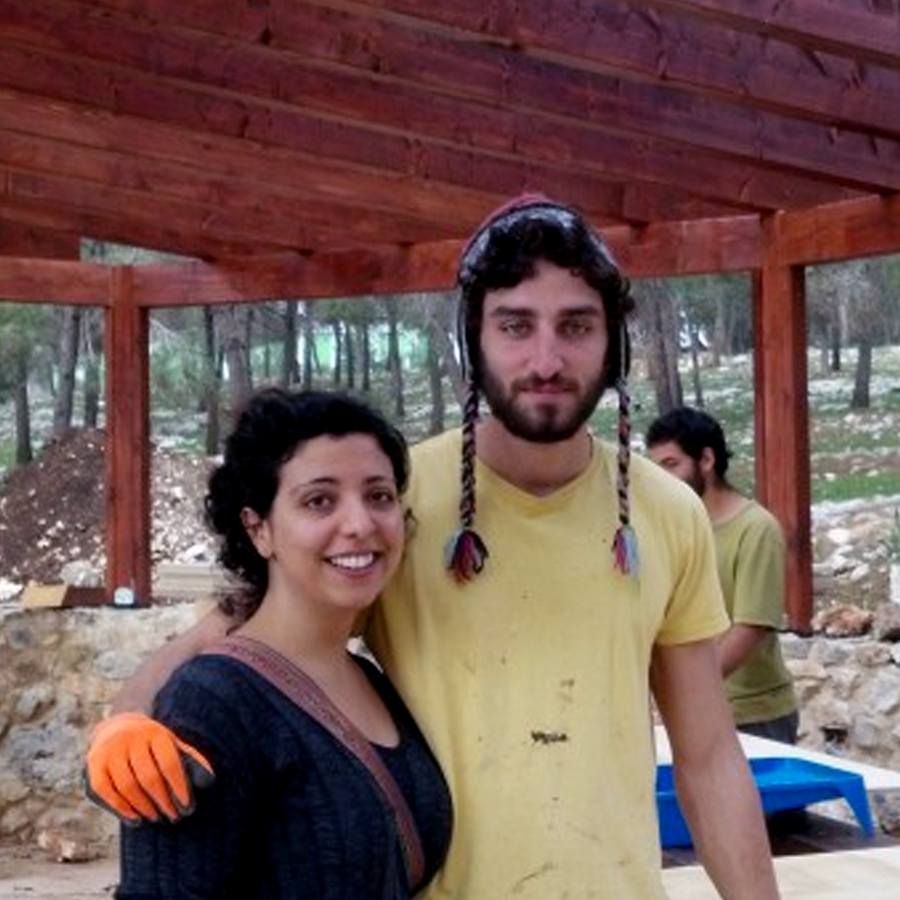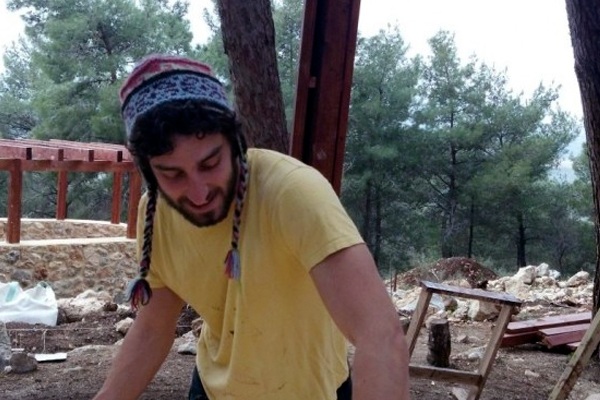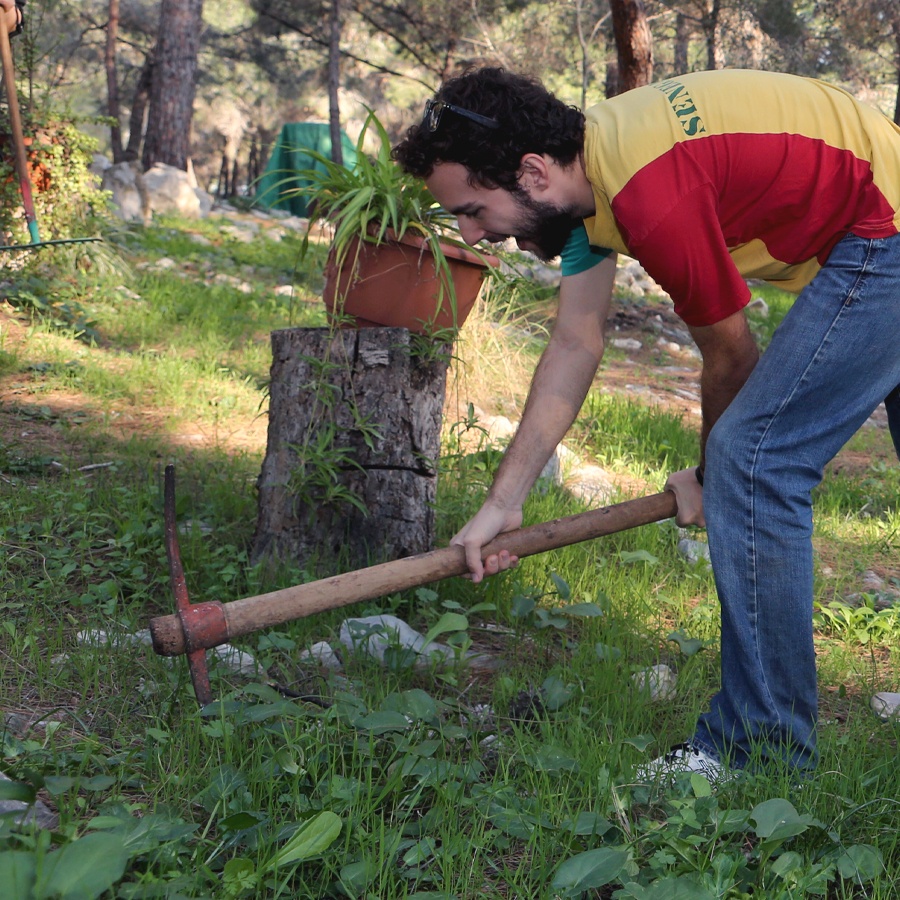
19 Feb Of Pines and Olives
The service-learning center at the Harduf forest is offered by The Jewish Agency’s Project TEN team, in partnership with Israel Pathways, Sha’ar La’Adam, and Masa Israel Journey. The program will allow participants to choose between two areas of focus: interfaith dialogue and conflict resolution, or ecology and sustainable development. Volunteers will serve either in special-needs schools, Arab villages, or in sustainable agriculture. As with all TEN programs, the volunteer service will be complemented by a curriculum on related Jewish values: social justice, environmentalism, and leadership.
The opening of the the service learning center in the Harduf forest coincided with the celebration of Tu B’Shvat—the 15th day of the Hebrew month of Shvat, also called “the New Year of the trees” in Jewish tradition. In this particular Project TEN program, participants will work on co-existence projects and ecological conservation, while living (sustainably) among the trees.
Debbie Jacobson-Maisels, Director of Israel Corps-Project TEN, Harduf, observed that “the Harduf Forest contains both olive trees and pine trees, which are often seen as trees that symbolize the Arab and Jewish people, respectively. Bringing the two species of trees—and, similarly, the two nations—together is a challenge, but ultimately also a source of strength.”
Pine trees are dominating and olive trees require a lot of light. Growing them together takes a lot of hard work and care, just like the peace process.

“It isn’t easy to cultivate olive trees and pine trees together— pine trees are dominating and olive trees require a lot of light. Growing them together takes a lot of hard work and care, just like the peace process,” says Faiz Swa’ed co-director and co-founder of the center. “But it is worth it because what emerges in the end is a blessing, a sort of middle path of heart between the qualities of consciousness and knowledge that the sharp pine needles represent and the path of strong will and steadfastness of the olive tree rooted firmly in the earth."
"Because the center is located in the forest, it is in a sense in neutral territory between the villages - both technically but also spiritually," notes Jacobson-Maisels. "The land that Sha’ar LaAdam is built on belongs solely to Hashem, God, to Mother Earth, to Nature — to whatever you want to call the spirit surrounding us and within us. Coming back to nature in this way reminds us of the eternal, human connections uniting us all."
One of the founders of Kibbutz Harduf, co-director Ya’akov Arnan, emphasized that “our center is a place where all humans can come together, listen to each other and acknowledge and celebrate our common humanity.”

